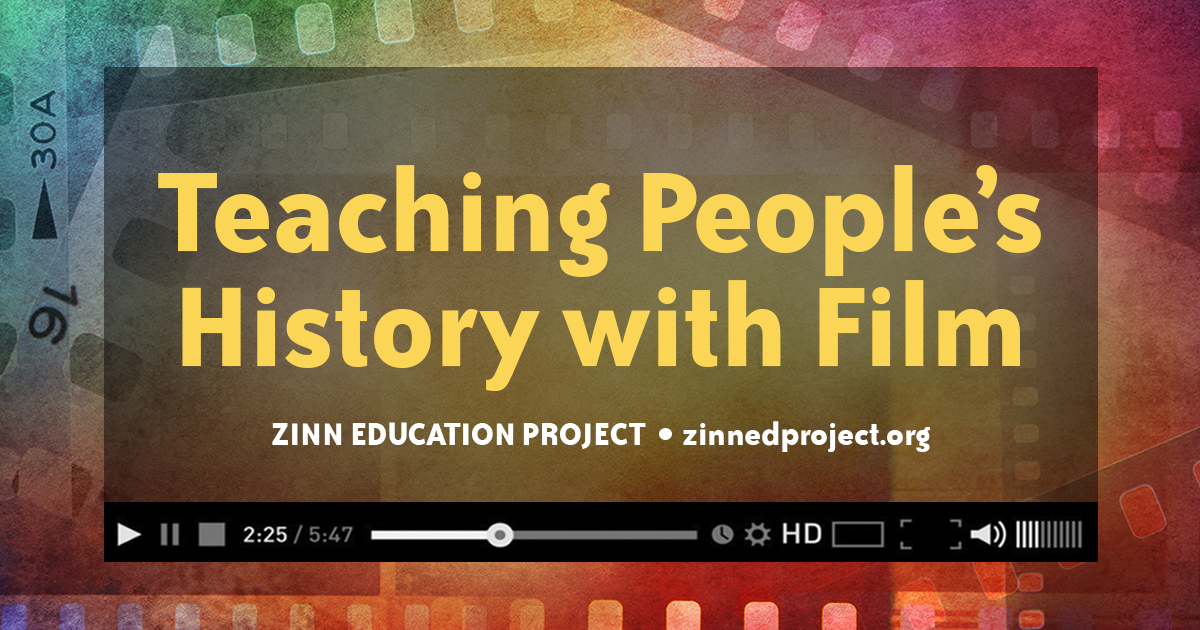
Films, when taught, and not simply delivered, are powerful vehicles for learning, analysis, expression, and creativity. Films are texts — just as vital to our curricula as novels, short stories, poems, articles, and primary source documents; and they require the same level of care and consideration as we invite students into the project of learning from them.
As many of us scramble to put together learning plans at home — either for our own children or for those we teach — films make an obvious choice, as they are already mostly accessed online. Here are some strategies we use for viewing films with students in the classroom that invite insight and critical reflection. We encourage you to adapt these for online use with students or with your own children. [See an annotated list of Films with a Concscience and more recommended films.]
Viewer Response Journal
 Have young people keep a response journal for longer or episodic films. For example, in the 14-part documentary Eyes on the Prize as a key text, the assignment reads:
Have young people keep a response journal for longer or episodic films. For example, in the 14-part documentary Eyes on the Prize as a key text, the assignment reads:
Your viewer response journal (VRJ) will be a way to document your engagement with the topics, themes, people, and questions presented in the film. This journal should be a place to “talk back” to the text, to track interesting ideas, ask questions, share confusion, or challenge the film’s arguments. It is also a place to reflect on your own connections to what you are learning — what does all this mean for you? What do you find beautiful, hopeful, sad, scary, difficult, or humbling?
Encourage students to jot down notes as they watch — both to keep them focused on the film, but also so they have plenty of material to draw from and refer to when it comes time to write. Some students are not agile note-takers and report that note-taking distracts them from the film. These student complaints happen more often when a teacher’s instruction is the general and not-so-helpful: “Take notes on this film.”
Give guidance on what you want them to look for. After each episode or discrete part of an episode, ask students to write before discussing. Sometimes you might offer a prompt, other times, leave it to them to decide what they’re feeling most urgent to address. Sometimes students turn them in for feedback; sometimes, they trade with a tablemate and respond to each other.
At the end of a long unit, students can read back through their VRJs and draft a cover letter. The letter should introduce the journal and alert the reader to key themes and questions. This helps students assimilate and reflect on what they have learned and also surfaces themes or topics they might want to address in an end-of-unit essay.
Stepping into a Character’s Life
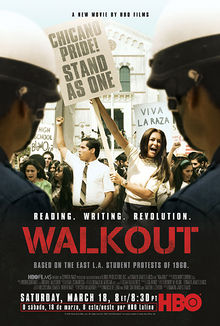 Ask students to write from the perspective of one of the characters in a film. During the film, you might pause at a particularly poignant quotation and ask students to write for a few minutes in the voice of the speaker: What did they mean? What motivated them to say it? How does it help us better understand an experience or event? Students can share their efforts in pairs, and then restart the film. This slows down the viewing, ensuring that students have time to make meaning of what they’re watching and hearing. For example, in a unit on Native American boarding schools, you might show the excellent film, In the White Man’s Image. Stop when a historian offers an account of Luther Standing Bear “choosing” his English-language name. He says, “When my turn came, I took the pointer and acted as if I were about to touch an enemy.” Ask students to write from Luther’s perspective: What did you mean? Why was your new name the enemy?
Ask students to write from the perspective of one of the characters in a film. During the film, you might pause at a particularly poignant quotation and ask students to write for a few minutes in the voice of the speaker: What did they mean? What motivated them to say it? How does it help us better understand an experience or event? Students can share their efforts in pairs, and then restart the film. This slows down the viewing, ensuring that students have time to make meaning of what they’re watching and hearing. For example, in a unit on Native American boarding schools, you might show the excellent film, In the White Man’s Image. Stop when a historian offers an account of Luther Standing Bear “choosing” his English-language name. He says, “When my turn came, I took the pointer and acted as if I were about to touch an enemy.” Ask students to write from Luther’s perspective: What did you mean? Why was your new name the enemy?
At the beginning of a film, you can also let students know that, at the completion of the film, you’ll be asking them to write an interior monologue from the point of view of one of the characters, and encourage them to note key choice points in the film — moments when characters had tough decisions to make — or other poignant instances.
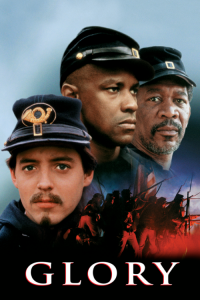 In “A School Year Like No Other,” the Eyes on the Prize episode on the integration of Little Rock’s Central High School in 1957, you might suggest some individuals whose perspectives students could write from, along with some possible situations. As suggested in the Zinn Education Project lesson on the film, students might write as James Meredith when the reporter asks him if he feels guilty; as Ernest Green when he walks across the stage to accept his diploma; as Melba Pattillo Beals watching her books burn; or as Minnijean Brown when she dumps chili on the head of the white boy who harassed her. These can just be “starter dough,” as once students have begun to write interior monologues, they will come up with their own imaginative perspectives to write from.
In “A School Year Like No Other,” the Eyes on the Prize episode on the integration of Little Rock’s Central High School in 1957, you might suggest some individuals whose perspectives students could write from, along with some possible situations. As suggested in the Zinn Education Project lesson on the film, students might write as James Meredith when the reporter asks him if he feels guilty; as Ernest Green when he walks across the stage to accept his diploma; as Melba Pattillo Beals watching her books burn; or as Minnijean Brown when she dumps chili on the head of the white boy who harassed her. These can just be “starter dough,” as once students have begun to write interior monologues, they will come up with their own imaginative perspectives to write from.
Encourage students, too, to imagine possible non-human perspectives to enter and imagine: in the film, Glory, the flag that the all-Black 54th Massachusetts Regiment carries into battle at Fort Wagner in South Carolina; the fence in Rabbit in the Moon, the intimate and powerful film about Japanese Internment; or the large key to her now-destroyed home, possessed by Faraj’s Palestinian grandmother’s in the film Promises, about Palestinian and Israeli youth.
(Read more about interior monologues and promoting “social imagination” in the classroom.)
Powerful Quotes
Rather than directing students to “take notes” on a film, ask students to record 10 quotations (more or fewer, depending on the length of the film) that stood out or landed powerfully. This open-ended, yet still structured, prompt gives students choice in what they track but requires that it be grounded in the film’s content. The quotations can be used during and afterward in a number of ways.
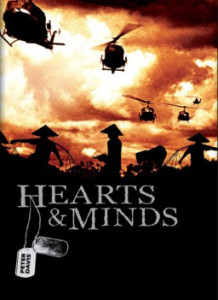 With a film where there may be student confusion (a lot of different characters to track or complex, unfamiliar history), it is helpful to stop 15 or 20 minutes in and ask students to share some of the quotations they’ve recorded. After discussing a few quotations and answering the clarifying questions that emerge, most students gain sufficient context to move forward more confidently.
With a film where there may be student confusion (a lot of different characters to track or complex, unfamiliar history), it is helpful to stop 15 or 20 minutes in and ask students to share some of the quotations they’ve recorded. After discussing a few quotations and answering the clarifying questions that emerge, most students gain sufficient context to move forward more confidently.- At the end of the film, as a way of reviewing and preparing for a more detailed discussion or writing assignment, students might walk around, meet one-on-one, and share quotes with each other. You can ask them to talk to at least five different people and record at least one new quotation.
- These quotations can also be turned into a found poem, especially with powerful films like the heartbreakingly wonderful 1974 documentary Hearts and Minds about the war in Vietnam.
- If students write an essay, of course, the quotations are excellent sources of arguments and evidence. Sometimes, as we brainstorm essay topics, I ask, “Which of these quotations could be worked into a thesis or a claim?”
- With a film that is especially rich and dense, like Earth and the American Dream, about how Western ideas are hostile to ecological sanity, you might assemble key quotes for students to react to or to generate discussion questions for. (See p. 167-169 in Rethinking Columbus.)
Making Predictions
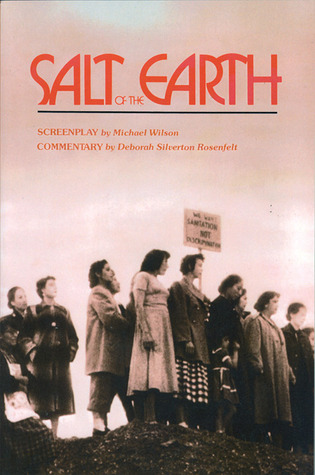 As a way of building interest, anticipation, and excitement — as well as to check for understanding — it’s sometimes helpful to stop a film at critical “choice points,” and ask students to make predictions. For example, in John Sayles’ film on the early 20th-century coal mining struggles in West Virginia, Matewan, pause the film and discuss whether workers will use violence to confront the company, or whether the African American worker, Few Clothes, will kill the Industrial Workers of the World organizer, Joe Kenehan. Or pause the riveting film about the Irish “Troubles,” Some Mother’s Son, to ask whether the mother played by Helen Mirren will allow her Irish Republican Army son to be force-fed to save his life, but violate her son’s convictions to maintain his hunger strike until IRA demands to be treated as political prisoners were met.
As a way of building interest, anticipation, and excitement — as well as to check for understanding — it’s sometimes helpful to stop a film at critical “choice points,” and ask students to make predictions. For example, in John Sayles’ film on the early 20th-century coal mining struggles in West Virginia, Matewan, pause the film and discuss whether workers will use violence to confront the company, or whether the African American worker, Few Clothes, will kill the Industrial Workers of the World organizer, Joe Kenehan. Or pause the riveting film about the Irish “Troubles,” Some Mother’s Son, to ask whether the mother played by Helen Mirren will allow her Irish Republican Army son to be force-fed to save his life, but violate her son’s convictions to maintain his hunger strike until IRA demands to be treated as political prisoners were met.
You might simply lead a discussion on “choice-point” questions or put the whole class in one of the roles and allow them to discuss on their own. In films that depict social movements or organizations, you might pause the film at key junctures and turn the entire class into, say, the striking Mexican American workers in Salt of the Earth, when they are prohibited from picketing, to ask them to wrestle with how they should respond.
Another option is to ask students to apply something they’ve recently learned to their predictions. For example, in To Live, a film about one family’s experience of the Chinese Revolution and its aftermath, students have already learned about the Revolution’s increased freedoms and educational opportunities for women. Stop the film right after the Revolution and ask students to predict in writing how the central couple’s relationship will change as a consequence of these social reforms.
Pre-film Mixer
Some films may be difficult for students to enter “cold.” For example, The Battle of Algiers, the classic film about the Algerian war for independence against the French, may be daunting for some students. It begins at the end and circles back to the beginning; the film is in black and white; it has subtitles. However, teachers have found this a powerful resource in units on European colonialism and anti-colonial resistance. Another film, Regret to Inform, centers on women who lost their husbands during the Vietnam war — both U.S. and Vietnamese women. It is a deeply moving meditation on war and loss, but may also be somewhat slower-paced than students are accustomed to.
Pre-film mixers can be a quick way to introduce students to individuals and themes they will encounter in a more difficult film, and make the film more accessible. The Battle of Algiers mixer, for example, introduces students to the key individuals they will meet in the film, in addition to the film’s director, Gillo Pontecorvo. The mixer for Regret to Inform gives students quotes from many of the women they will encounter in the film. In each instance, the students circulate, meeting individuals and surfacing important themes from the films.
Critique
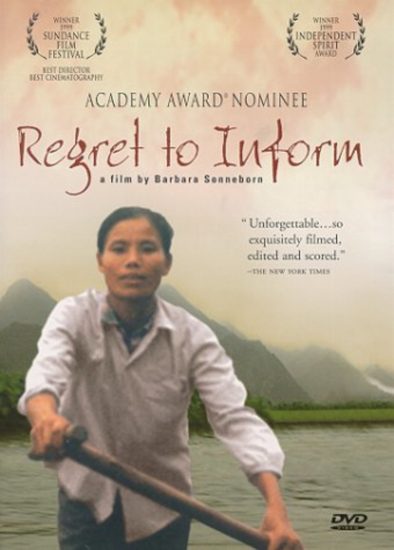 Sometimes we show films as artifacts that illustrate problematic approaches to historical eras, gender relations, or racial stereotyping. For example, the 1940 film, Santa Fe Trail, slanders the abolition movement by presenting John Brown as a wild-eyed fanatic, erases the horrors of slavery, and celebrates the soon-to-become Confederate General J. E. B. Stuart. With films like Santa Fe Trail, or cartoons like Peter Pan, Beauty and the Beast, or The Little Mermaid, we distribute “critical viewing” questions for students to consider. For example:
Sometimes we show films as artifacts that illustrate problematic approaches to historical eras, gender relations, or racial stereotyping. For example, the 1940 film, Santa Fe Trail, slanders the abolition movement by presenting John Brown as a wild-eyed fanatic, erases the horrors of slavery, and celebrates the soon-to-become Confederate General J. E. B. Stuart. With films like Santa Fe Trail, or cartoons like Peter Pan, Beauty and the Beast, or The Little Mermaid, we distribute “critical viewing” questions for students to consider. For example:
- Who makes decisions?
- Who follows orders?
- Who speaks?
- Who is silent?
- What causes conflict and how is it solved?
- What role does money and/or material possessions play in the story/history?
- What roles are women, men, transgender people, people of color, disabled people, working-class people, and the poor given?
- Why do you think the film contains the biases that it does?
- Who benefits and who suffers from the images and values promoted in this media?
The last question is a difficult one, but it’s important that, as we teach students critical skills, we encourage them to think about the deeper “why?” questions, encourage them to push beyond simply describing what may be wrong with a given piece of media. Raising the question is more important than arriving at the “correct” answer. After viewing, we may discuss the film based on these questions or we might encourage them to write from their observations. Using their notes, drawing on experiences in their own lives, and incorporating insights from readings, students can write critical essays. Another possibility is to allow students to reconstruct a given story from a more equitable, inclusive standpoint.
Trials
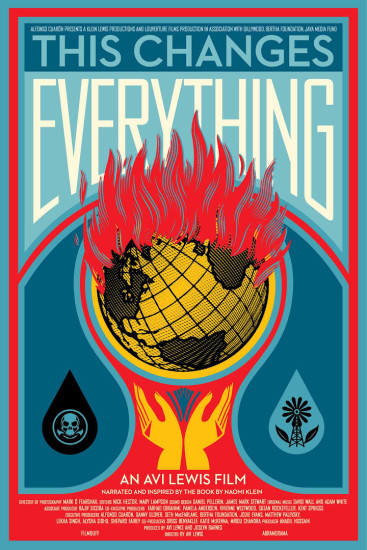 A number of the films in our curriculum deal with violations of human rights, discrimination, and bigotry: homophobia and anti-gay violence in The Times of Harvey Milk; the unprovoked murder of Black Panthers Fred Hampton and Mark Clark in Eyes on the Prize; the abuse, even massacres, of civilians in Hearts and Minds and Remember My Lai; the exploitation of Indigenous communities in This Changes Everything; and the destruction of traditional Ladakhi culture in northern India in Ancient Futures. A trial begins with the “crime.” Determining “guilt” can encourage students to reflect on complex ethical, political, and historical questions.
A number of the films in our curriculum deal with violations of human rights, discrimination, and bigotry: homophobia and anti-gay violence in The Times of Harvey Milk; the unprovoked murder of Black Panthers Fred Hampton and Mark Clark in Eyes on the Prize; the abuse, even massacres, of civilians in Hearts and Minds and Remember My Lai; the exploitation of Indigenous communities in This Changes Everything; and the destruction of traditional Ladakhi culture in northern India in Ancient Futures. A trial begins with the “crime.” Determining “guilt” can encourage students to reflect on complex ethical, political, and historical questions.
In Ancient Futures, for example, the crime is the destruction of a traditional culture, one characterized by values of cooperation and ecological sustainability. Defendants include U.S. and European tourists, the Indian government, Ladakhis themselves, “modern ideas,” people in the United States, and the global capitalist economic system. Students receive indictments and the teacher plays the prosecutor. Each defendant is prosecuted and argues against the charges, at times pointing an accusing finger at one or more of the other groups.
Stepping out of their roles, students write about who or what was responsible for this crime. Trials can be ways of deepening students’ experience of a film, as they move beyond the fact of injustice to probe its sources.
Metaphorical Drawings
 At the conclusion of a film that is especially emotionally or idea-rich, ask students to express an aspect of the film, or its overall impact, in a metaphorical drawing. For example, after watching the film Trinkets and Beads, about the awful impact of oil development in Ecuador’s Oriente region, the Amazonian part of the country, and especially the effect on the Indigenous Huaorani people, students have created startling drawings expressing their understanding of the issues.
At the conclusion of a film that is especially emotionally or idea-rich, ask students to express an aspect of the film, or its overall impact, in a metaphorical drawing. For example, after watching the film Trinkets and Beads, about the awful impact of oil development in Ecuador’s Oriente region, the Amazonian part of the country, and especially the effect on the Indigenous Huaorani people, students have created startling drawings expressing their understanding of the issues.
One student drew an arm labeled “Oil Companies” squeezing the Earth, with drops of oil draining out of it. Another’s drawing mocked Texaco ads, by showing an oil-soaked hand reaching up out of an oily lagoon, opposite the clean Texaco logo. One student’s drawing, “CIVILIZATION,” features a man with a spear who stands in the foreground; a tree with flaming money is beside him and a black road leads up a mountain to a city filled with skyscrapers (this is not mere stereotype as Huaorani Indians still use spears). Students share these with one another. The sharing can then lead into a discussion of the film, grounded in students’ metaphorical drawings.
Giving Students a Conceptual Framework (Rather Than Fill-in-the-Blank Questions)
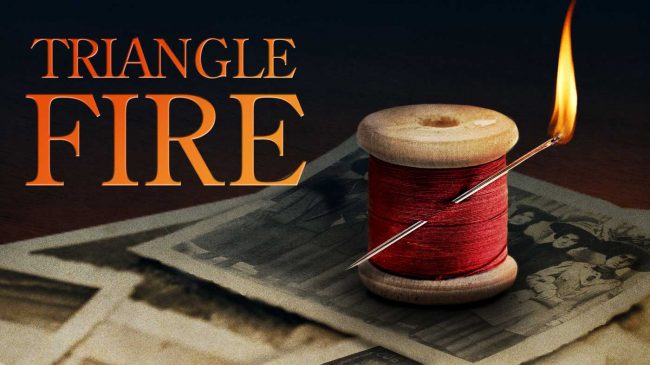 When a film serves as a central informational text in the classroom, we want to encourage students to take notes — to track key individuals, events, and policies. At the same time, they should not miss the forest for the trees, becoming too narrow in their focus. When watching episode 1 of PBS’s Vietnam: a Television History, if we ask, “What famous document does Ho Chi Minh quote at the beginning of his Declaration of Vietnamese Independence speech?” students may scribble in “the U.S. Declaration” and not think deeply about the significance of Ho’s choice.
When a film serves as a central informational text in the classroom, we want to encourage students to take notes — to track key individuals, events, and policies. At the same time, they should not miss the forest for the trees, becoming too narrow in their focus. When watching episode 1 of PBS’s Vietnam: a Television History, if we ask, “What famous document does Ho Chi Minh quote at the beginning of his Declaration of Vietnamese Independence speech?” students may scribble in “the U.S. Declaration” and not think deeply about the significance of Ho’s choice.
So rather than detailed viewing questions, it is best to provide students a loose framework for notetaking — something that will guide, but not suffocate their thinking. For example, the PBS film, Triangle Fire presents both the promise and peril for workers in the early 20th-century United States. To underscore this dual reality, students can take notes using two columns — one for information that supports the idea of the United States’ promise and one for information that supports the idea of the United States as perilous. Similarly, in a documentary on the Civilian Conservation Corps, students can track information in two columns — how the CCC changed the individuals who participated and how it changed the nation.
Some of these ideas are adapted from “Video Teaching Strategies,” pp. 216-217, in Rethinking Our Classrooms, Vol. 1.
See an annotated list of Films with a Concscience and more recommended films.

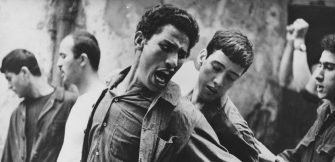
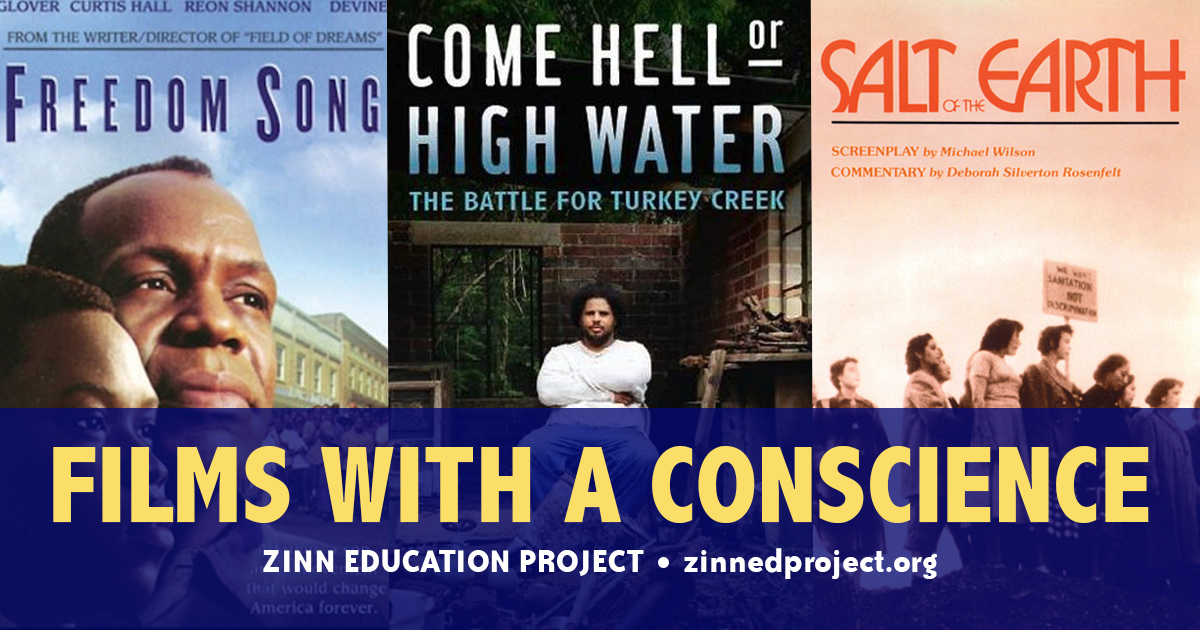
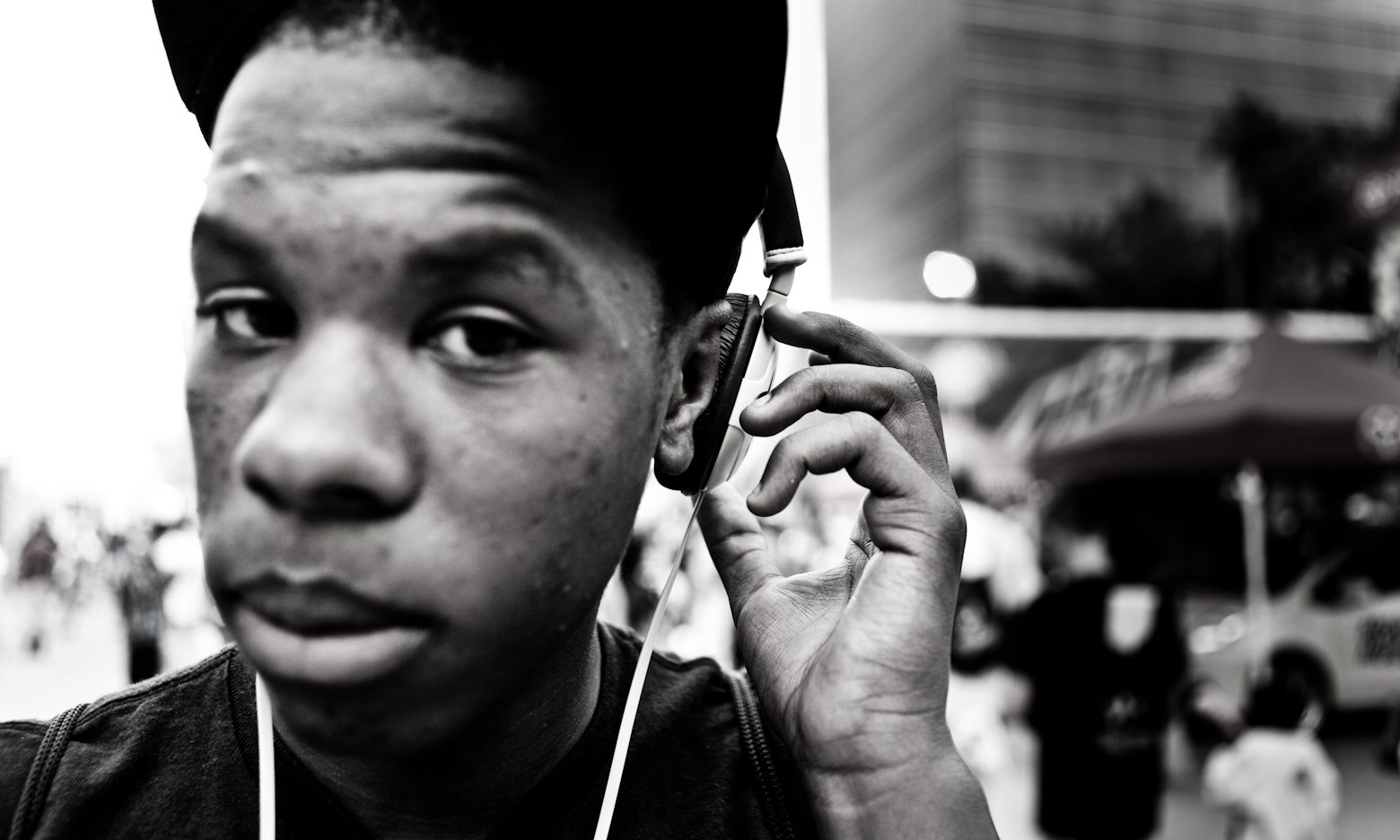
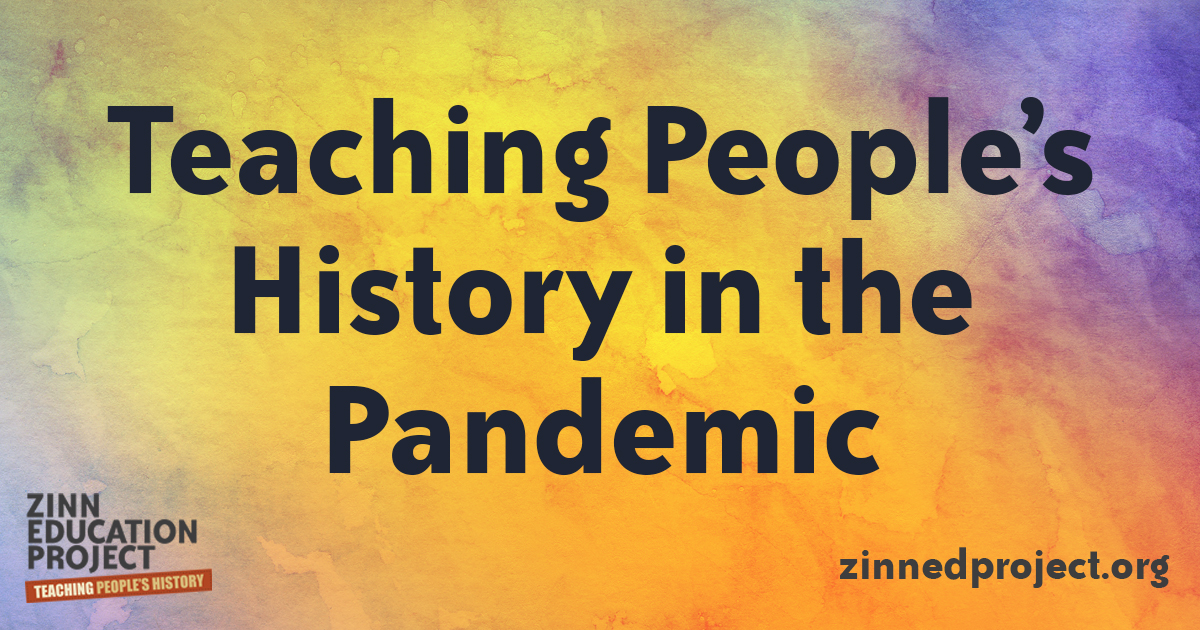





Twitter
Google plus
LinkedIn